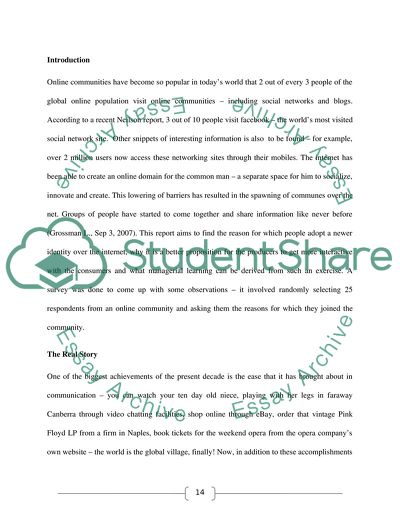Cite this document
(A Newer Identity Over the Internet Research Paper, n.d.)
A Newer Identity Over the Internet Research Paper. Retrieved from https://studentshare.org/social-science/1723580-mrkt-buyer-behaviour-academic-paper
A Newer Identity Over the Internet Research Paper. Retrieved from https://studentshare.org/social-science/1723580-mrkt-buyer-behaviour-academic-paper
(A Newer Identity Over the Internet Research Paper)
A Newer Identity Over the Internet Research Paper. https://studentshare.org/social-science/1723580-mrkt-buyer-behaviour-academic-paper.
A Newer Identity Over the Internet Research Paper. https://studentshare.org/social-science/1723580-mrkt-buyer-behaviour-academic-paper.
“A Newer Identity Over the Internet Research Paper”, n.d. https://studentshare.org/social-science/1723580-mrkt-buyer-behaviour-academic-paper.


